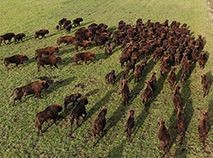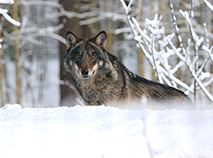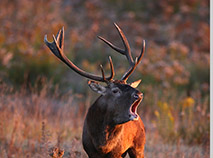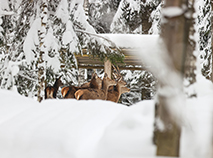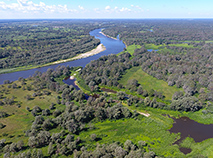Rare and Unique Natural Territories of Belarus
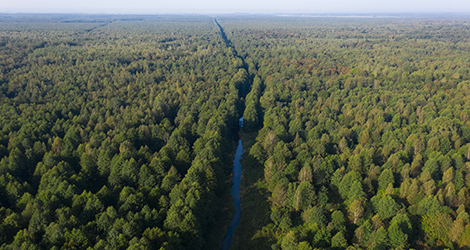
When visiting Belarus, hunters can explore remarkably beautiful and interesting places. Among them are natural territories that are rare, and even absolutely unique, on a European and even a global scale.
Belovezhskaya Pushcha is the most ancient surviving forest and the oldest nature reserve in Europe, a UNESCO World Heritage Site, and a shared treasure of Belarus and Poland. In Belarus, the Belovezhskaya Pushcha National Park extends over 70 km from north to south and from 20 km to 50 km from west to east. The area of the park's hunting grounds is 157,000 hectares.
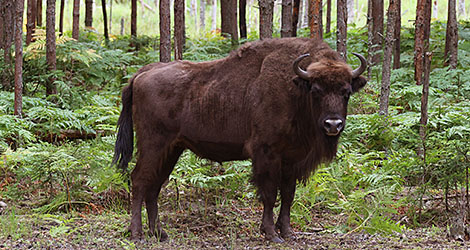
Belovezhskaya Pushcha is home to 59 species of mammals, including, of course, the largest representative of modern European fauna – the European bison. Centuries ago, hunting in the Belovezhskaya Pushcha was the privilege of monarchs and wealthy nobles. Today, anyone who obtains a hunting permit has the opportunity to hunt there. Hunting for wild boar, deer, roe deer, and other game species is allowed in Belovezhskaya Pushcha.

The Pripyatsky National Park, the gem of Polesie, features hunting grounds covering approximately 244,000 hectares, comprising forests, wetlands and meadows. Due to this mosaic of habitats, exceptionally productive biotopes have formed, supporting populations of various animal species. Hunting for upland game, waterfowl, swamp game, ungulates, and fur-bearing animals is allowed in the park.
The Berezinsky Biosphere Reserve (the only reserve of this status in Belarus) was established over 100 years ago (in January 1925) as a state hunting reserve. However, contrary to its name, hunting was prohibited in this amazing forest and wetland area. Fishing, logging, and timber floating were also halted. Today, hunting tourism is possible exclusively at the Barsuki and Berezina hunting lodges, located outside the reserve's boundaries but possessing equally rich fauna and scenic views.
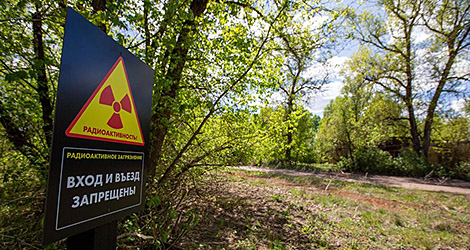
The Polesie State Radiation and Ecology Reserve is a territory of unique global significance, formed as a consequence of one of the largest man-made disasters in human history and the most severe accident in the history of nuclear power. It was located at the epicenter of the radioactive release, and thus was the most contaminated area in terms of the composition and quantity of radionuclides. It contains approximately a third of the radioactive cesium, over 70% of the strontium, and 97% of the plutonium that fell on Belarus – the primary dose-forming elements. The decades following the Chernobyl disaster have fostered unique natural and environmental conditions. The Pripyat Polesie, once one of the most pristine regions of Belarus, has been transformed within this 216,093-hectare area into an even wilder territory, save for the radioactive background.
As a nature reserve with virtually no human interference, it preserves its natural biodiversity. Economic activity is permitted only for scientific research and restoration projects. The reserve serves as a major scientific platform where specialists study the effects of radiation on ecosystems and conduct unique, world-leading research. To regulate animal populations, hunting is permitted under special rules, with all game subject to mandatory radiological testing.

Nalibokskaya Pushcha, a region legendary for its rich hunting grounds and partisan history, is one of the largest forested areas in Belarus and all of Eastern Europe. Today, these territories are protected within the Naliboksky National Landscape Reserve. The hunting grounds cover approximately 27,000 hectares – just under one-third of the reserve’s total area. Both individual and driven hunts for game such as elk, deer, roe deer, and bison are conducted here throughout the year. Furthermore, visitors to the Naliboksky National Landscape Reserve can observe the descendants of fauna that have returned to Belarus after an absence of nearly a century and a half.
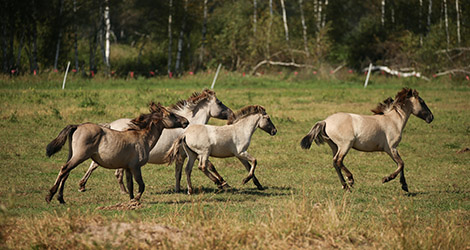
Wild Tarpan horses were once the native inhabitants of Naliboki Pushcha and other Belarusian forests. However, by the end of the 19th century, this subspecies was eradicated worldwide, leaving only mixed descendants. In the early 20th century, a population of wild horses was revived in Europe based on a similar phenotype, though genetically they were no longer the primitive Tarpans... In 2019, Tarpan-like Konik horses were brought from the Netherlands to Belarus, specifically to the Naliboki Nature Reserve. The population has begun to increase and spread across the country: Tarpan-like horses now also live in the Sporovsky Nature Reserve and Belovezhskaya Pushcha. As a result, people now come to Naliboki not only for specialized hunting tours but also for engaging family or friend-focused eco-recreation. Visitors are offered guided tours along eco-trails, bicycle rides, or quad-bike safari tours, during which they can see the country's largest herd of wild horses and a grouse bird nursery.
Did you know that...
Belarus ranks among the top ten most forested countries in Europe. Over the past 60 years, its forest cover has nearly doubled, reaching the highest level in more than a century. The forested area in Belarus is 9.7 million hectares, which constitutes 40.2% of the country's territory. There is 1 hectare of forested land per Belarusian resident, compared to a global average of 0.5 hectares per person.
Belarus is the only country in Europe where 100% of its forest fund is monitored by an automated video surveillance system. This helps reduce the risk of forest fires, preserve ecosystems, and, as a result, minimize restrictions, including those for hunters.


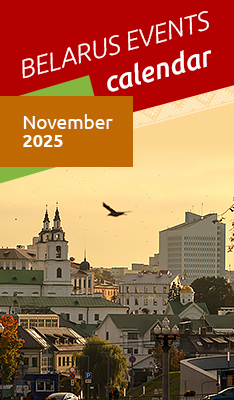




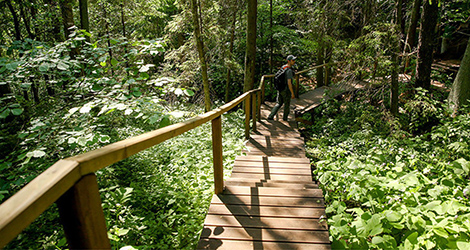
 print version
print version make home page
make home page add to bookmarks
add to bookmarks
